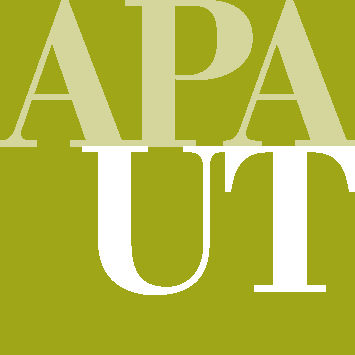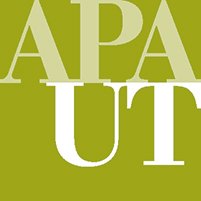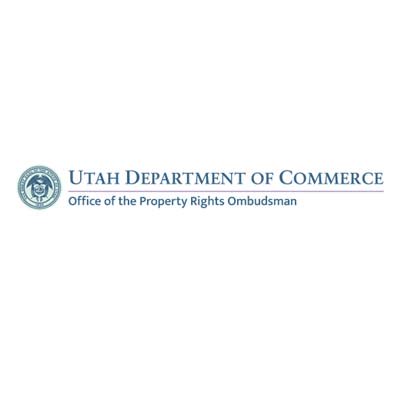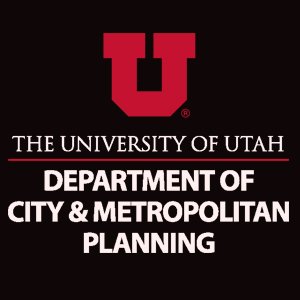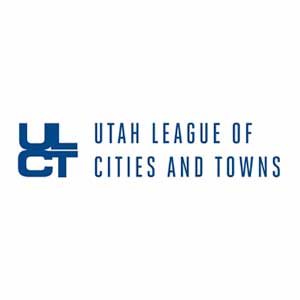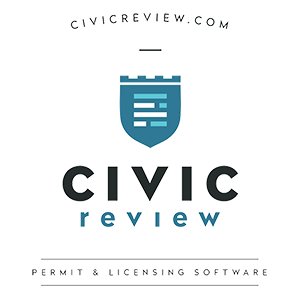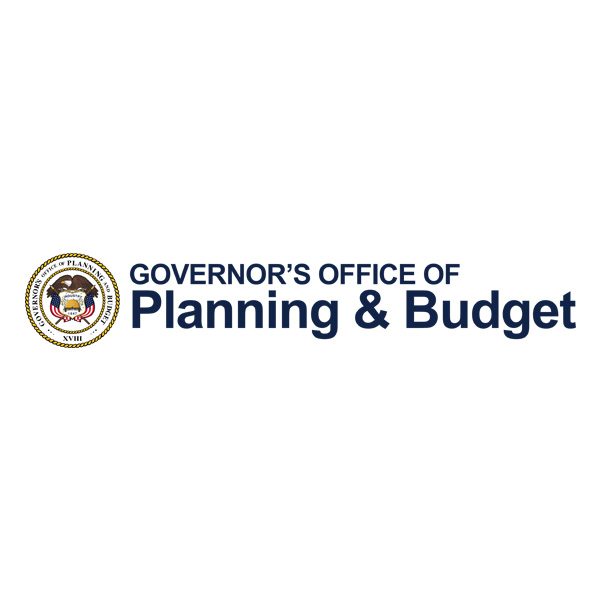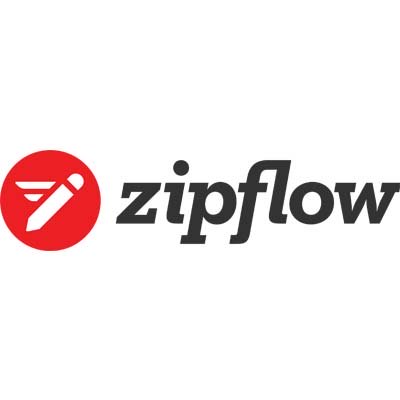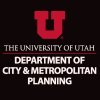We Cannot Plan from Our Desks
April 1, 2021 by admin
Policy/Legislative
This article does not necessarily reflect the attitudes or opinions of APAUT or the APAUT Executive Committee.
Planning is a desk-bound profession. Our work is performed in an office, detached from the populace, with only occasional field outings and community meetings. Our practice lacks street knowledge. We write long-range plans for neighborhoods we don’t frequent. We craft policy without grasping its everyday effect on people’s lives. We enact zoning laws without understanding the mechanisms and consequences of implementation. Put bluntly, we plan for communities we don’t really know.
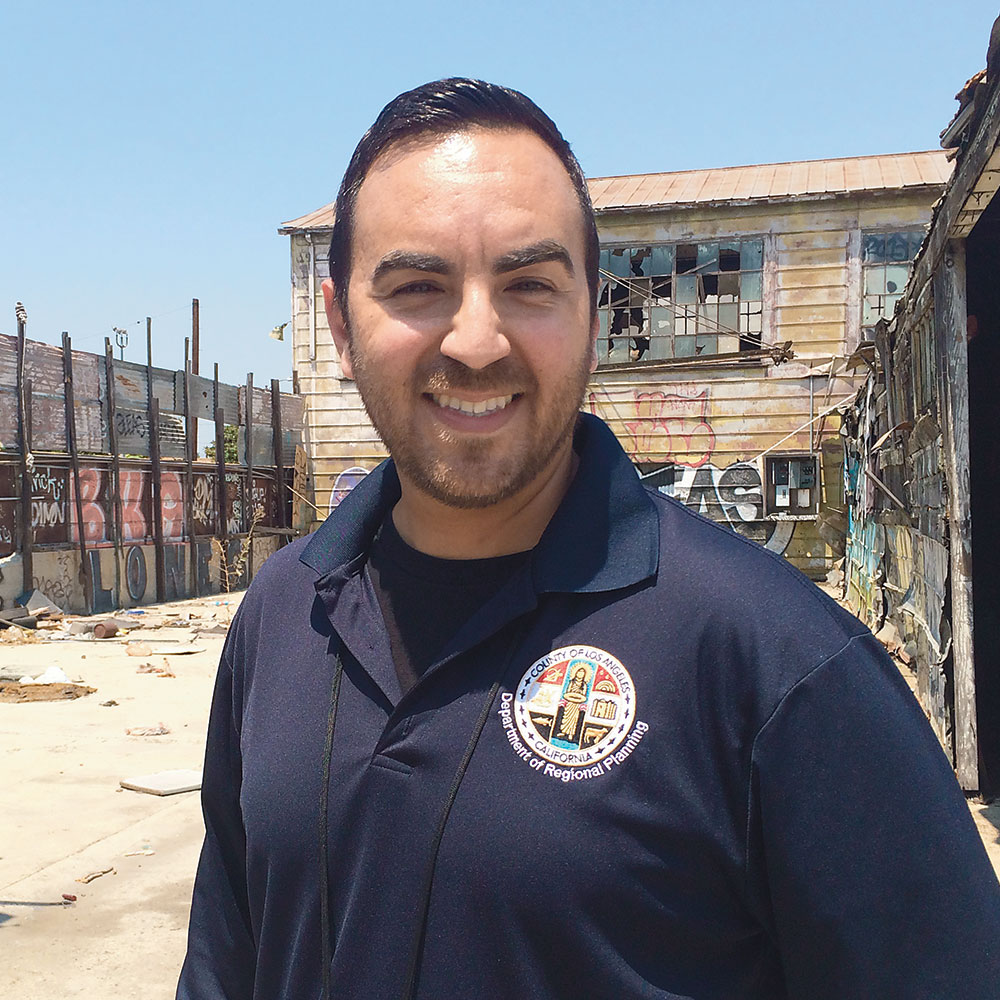
For planning to achieve equity in communities, planners need to see the realities of community life. It’s time for a radical reorientation in practice. Good planning starts on the ground: We need to get out from behind the comfort of our desks. We need to embed ourselves in the communities we plan. We need to connect with the people we serve.
Orthodox planning relies on stakeholder engagement in controlled spaces. Consider our common contact points with constituents. The public counter enables in-person dialogue, but exchanges can be tense, terse, and bureaucratic. Town halls are commonplace, yet they attract and prioritize the loudest voices. Online outreach platforms presume one has technological access and know-how to begin with. These forums can intimidate marginalized populations in our divided age — and keep planners at arm’s length.
There’s another approach to consider: Embedded Planning. I coined this term to describe the praxis I’ve been developing for 12 years. As an embedded planner, I still work at headquarters and attend community meetings, but I prioritize street-level engagement. I come to the people. My office is the neighborhood, and my work is done in constituents’ localized spaces: homes, churches, businesses, and bus stops. I perform plain language outreach, conduct neighborhood organizing, give walking tours, mentor students, do empathetic code enforcement, and more. All of this helps produce more streetwise plans, policies, and ordinances.
This approach establishes a positive relationship between government and constituents. Embedded planners get to know stakeholders personally — their struggles, needs, cultures, families, and dreams. We earn their trust; partnerships take shape; we connect with disengaged neighbors and bring them into the mix. We’re the direct link to increasing participation in the planning process and diversifying the voices in conversation. We gain awareness of what’s happening on the ground: What’s working, what’s not, and how we can partner to fix it.
Embedded planners can use — and share — those experiences to improve practice. During my current speaking tour, “A Matter of Necessity: Understanding Informal Housing through Embedded Planning,” I’m telling the story of the Medina family from the Florence-Firestone community in South Central Los Angeles. In 2008, they built an informal backhouse to generate extra income after the sudden passing of their head of household. It remained a hidden rental unit for eight years until I received an anonymous complaint. After inspecting the dwelling, I broke the news that it couldn’t be legalized under current zoning. Heartbroken, the Medinas demolished it.
My talk sheds light on the Medinas’ ordeal while embroiled in this code compliance process, a hard first lesson in land use that I handled with care. In sharing the Medinas’ story, my goal is to convince other planners to situate their work in the community, demystifying planning at their constituents’ doorsteps.
People’s lives are at the heart of planning. We must understand their experiences to assuage their struggles — but we cannot do that from our desks. We live up to the promise of creating equitable communities when we’re out there, in the communities, doing the work. We owe it to ourselves as conscientious practitioners. We owe it to planning students who represent the future of our profession. Above all, we owe it to the people we serve.
Jonathan Pacheco Bell (@c1typlann3r) is an embedded planner in Los Angeles County. He holds a master’s in urban planning from UCLA and was appointed to APA’s Social Equity Task Force in 2018. The opinions expressed here are the author’s alone. Photo courtesy Jonathan Pacheco Bell.
Recent News
- » Experts say lack of condo-building comes down to risk, returns
- » 2024 APA UT Spring Conference: Cedar City, UT. The Call For Sessions is Currently Open.
- » APA UT- Call for Nominations
- » Planning In The News- Opinion: As a commuter who can’t afford to live in Salt Lake City, I still deserve to be heard
- » Hurry, it’s the final week to grab your conference tickets at regular prices!
- » Planning in the news: BYU students aim to eliminate parking woes through AI tracking system
